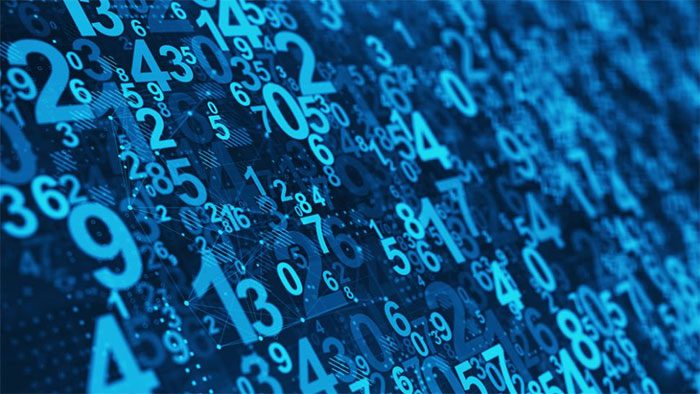Using supercomputers, mathematicians have finally determined the value of a complex number that was previously considered “uncomputable.”
This complex number, referred to as “the ninth Dedekind number” or D(9), is actually the tenth number in a sequence. The Dedekind numbers were first described by the German mathematician Richard Dedekind in the 19th century. These numbers are related to logical problems and are known as “monotone Boolean functions” (MBF).
Each Dedekind number represents the number of possible configurations of a certain type of true-false logical operation in different dimensions. (The first number in the sequence is D(0), representing zero dimensions. This is why D(9), representing nine dimensions, is the tenth number in the sequence.) Dedekind numbers increase exponentially with each additional dimension, making them increasingly difficult to compute.
For instance, the values of the first four Dedekind numbers are relatively easy to calculate, namely 2, 6, 20, and 68. However, the values of the next four Dedekind numbers become progressively harder to determine, being 7581, 7828354, 2414682040998, and 56130437228687557907788.
The eighth Dedekind number, following similar rules for eight dimensions, was computed in 1991. However, due to the computational power required to discover the ninth Dedekind number, some mathematicians believed that the technology of that time would not be able to calculate its exact value.
Now, two separate and unrelated research groups have achieved the impossible. Each research team employed a supercomputer but ran different programs, and both arrived at the same number.

The first Dedekind number was described by the German mathematician Richard Dedekind in the 19th century.
Although the research results have yet to be peer-reviewed, both teams believe their findings are “100% certain”, as all parties arrived at the same answer. Accordingly, both groups calculated that the value of the ninth Dedekind number is 286386577668298411128469151667598498812366.
According to Van Hirtum, the leader of one of the research teams, it took them about three years to determine the value of the ninth Dedekind number. To achieve this, the team developed a new type of computer program that allowed the supercomputer to process data in a specific manner. Using a more basic program could have taken up to 100 years to complete the calculations, even with a powerful machine.
After creating the appropriate program, Van Hirtum’s team spent over four months using the supercomputer at Leuven University in Belgium to process the data.
However, the computation did not take as long to complete as anticipated: the nature of the program meant that it was prone to errors mid-calculation, causing the team to repeatedly restart their work.
In comparison, the computer used in 1991 to compute the eighth Dedekind number was weaker than a modern smartphone. It took approximately 200 hours to calculate the eighth Dedekind number.
Meanwhile, a modern laptop can perform those calculations in less than 10 minutes, according to the research team.
This represents a significant leap in computational power. However, to compute the value of the tenth Dedekind number, humans may need many more similar breakthroughs in processing power, as the difficulty is rated as “impossible.“
“If we were to attempt this now, it would require processing power equivalent to the total energy output of the Sun,” expert Van Hirtum stated. This renders the computation “practically impossible.”
Of course, the processing power requirements could be alleviated by using more complex algorithms.
“But we have hit a wall with the complexity of the algorithms,” he added.
Nevertheless, other mathematicians still hope that one day, the value of the tenth Dedekind number will be discovered.


















































